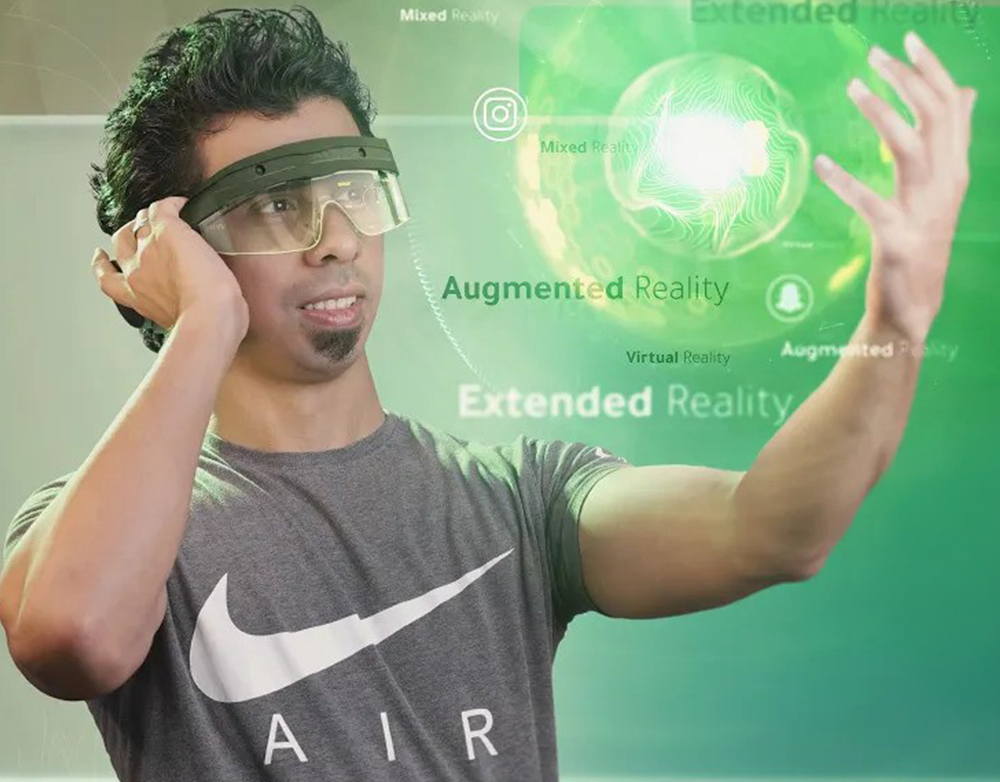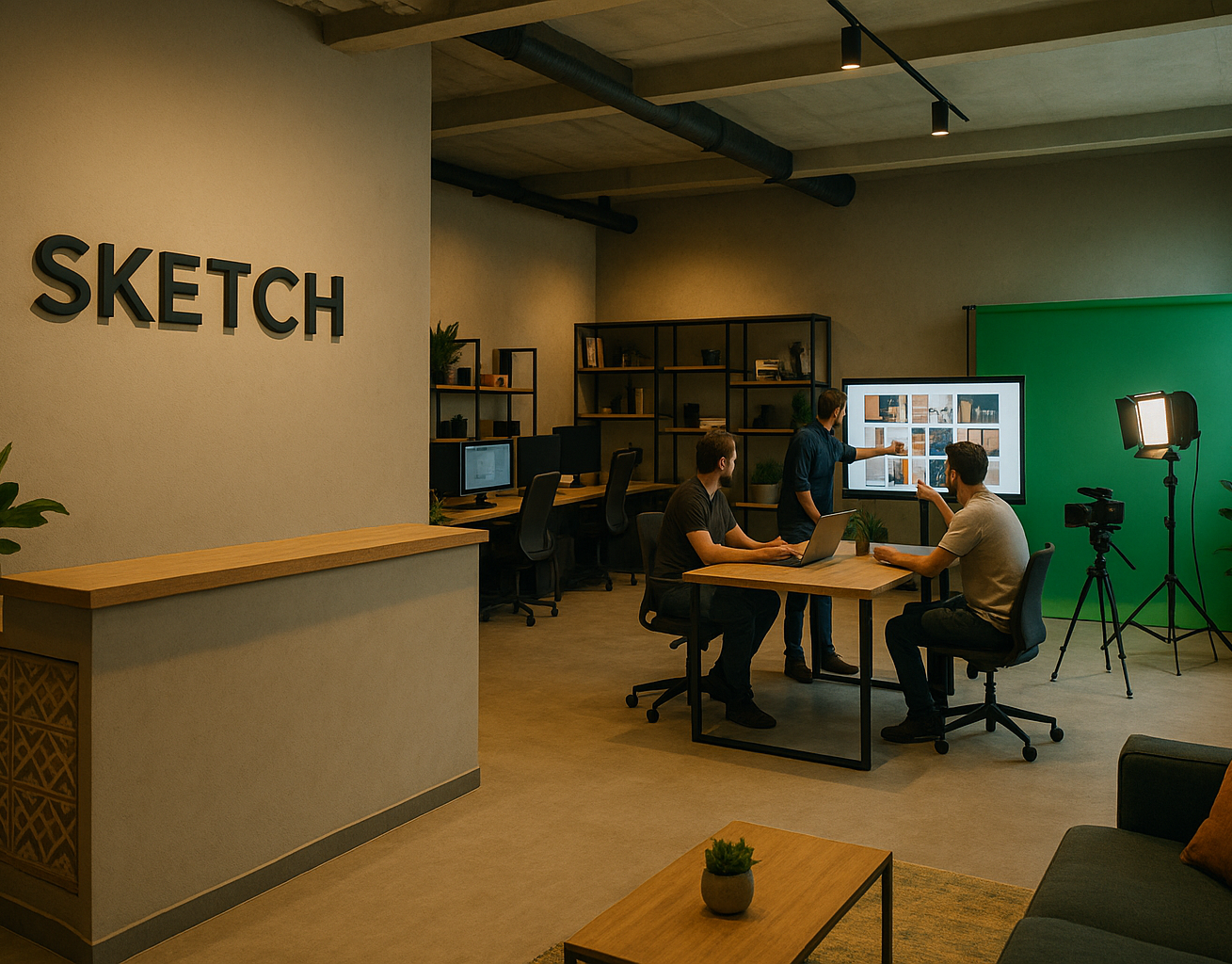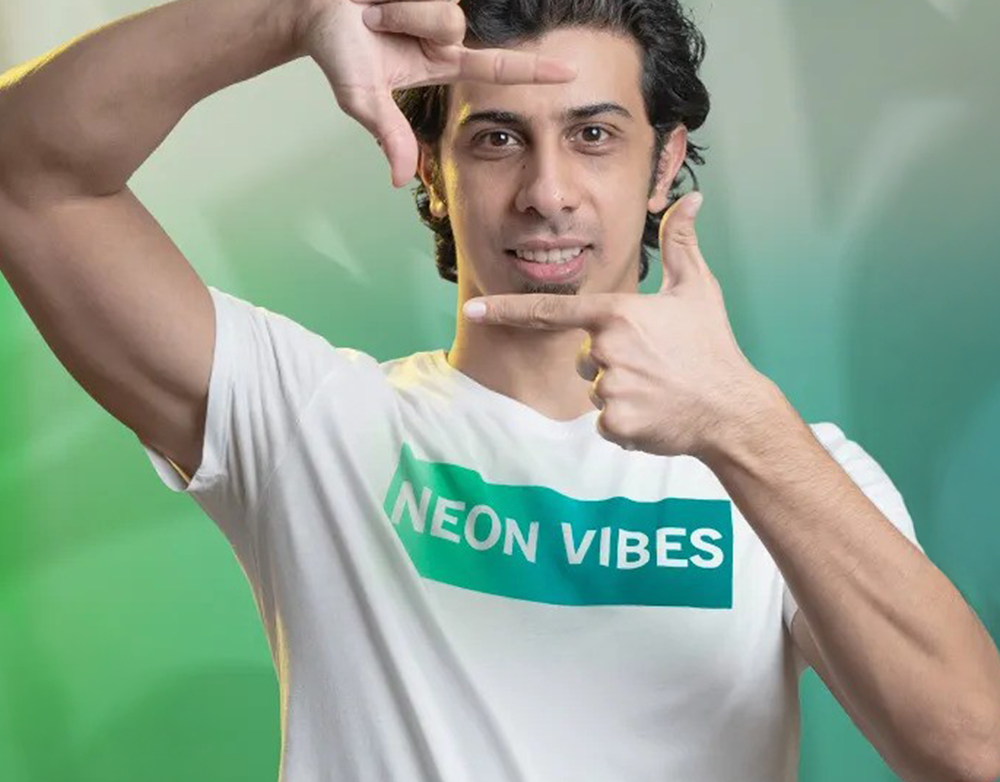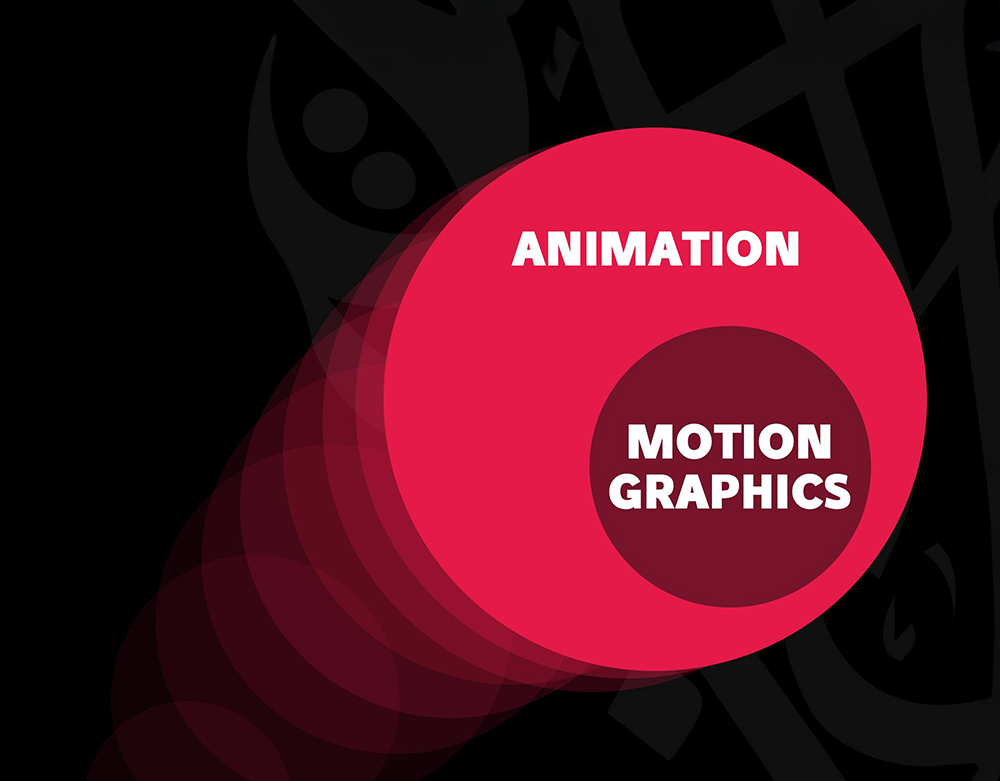Everything You Need to Know About Storyboarding and Its Role in Visual Production
✍️ By: Abbas Albadri
When we talk about visual production in its various forms, we find that storyboarding is one of the most essential tools that help organize ideas and transform them into clear scenes before actual execution. Whether you work in short films, feature films, motion graphics, infographics, animation, TV commercials, or any other field that relies on visual storytelling, storyboarding will be your key to effective planning.
What is a Storyboard?
A storyboard is a visual representation of scenes in a sequential series of images, giving a precise concept of the scene before production. It consists of multiple frames, where each frame includes:
Camera angle and framing 🎥
Camera movement and character actions 🏃♂️
Scene interactions 🔄
Key production notes 📝
The drawings don’t have to be highly detailed or precise—what matters most is that they clearly communicate the vision to the team. Storyboards can be drawn manually or digitally using specialized software, as long as they effectively convey the concept before production begins.
Why Use a Storyboard?
A storyboard acts as a reference document that makes work easier for both the director and the entire production team. It helps:
✅ Avoid mistakes and costly changes during shooting or production
✅ Organize work and distribute roles among the team
✅ Visualize the scene clearly before actual execution
✅ Communicate with the client and keep them informed about the project's direction
✅ Avoid mistakes and costly changes during shooting or production
✅ Organize work and distribute roles among the team
✅ Visualize the scene clearly before actual execution
✅ Communicate with the client and keep them informed about the project's direction
Types of Storyboards
🔹 Traditional Method: The most commonly used technique, where each scene is drawn inside a large box, with the scene number written at the top, and important notes below it.
🔹 Storyboard Animatic: A more advanced form, where storyboards are animated to simulate the actual scene before production. This type is widely used in Hollywood films and animation as it helps reduce costs and time while giving the director a clearer vision of movement and sequences before full execution.
A Personal Experience: When We Created a Storyboard After Execution!
While working with Jassim Mohammed and Ziad on an awareness commercial about toy guns containing plastic bullets, we initially did not use a storyboard. Despite that, the project was a huge success and received great feedback. However, the company’s director later asked to see the storyboard.
This put us in a tricky situation because we didn’t have one! So, we came up with a smart solution—we drew a storyboard after completing the commercial, ensuring that each frame perfectly matched the final shots. When we submitted it, the director was amazed by the precision of the execution and believed that we had planned everything flawlessly. We ended up receiving recognition, appreciation, and even gifts!
Conclusion
While a storyboard isn’t necessary for every project, it is a powerful tool that helps streamline work, reduce errors, and clarify the vision for both the team and the client. If you work in any visual field, learning how to create and use storyboards will give you greater control over production and make your projects more professional.
📌 Do you use storyboarding in your work? Share your experience! 👇🎬🎨










